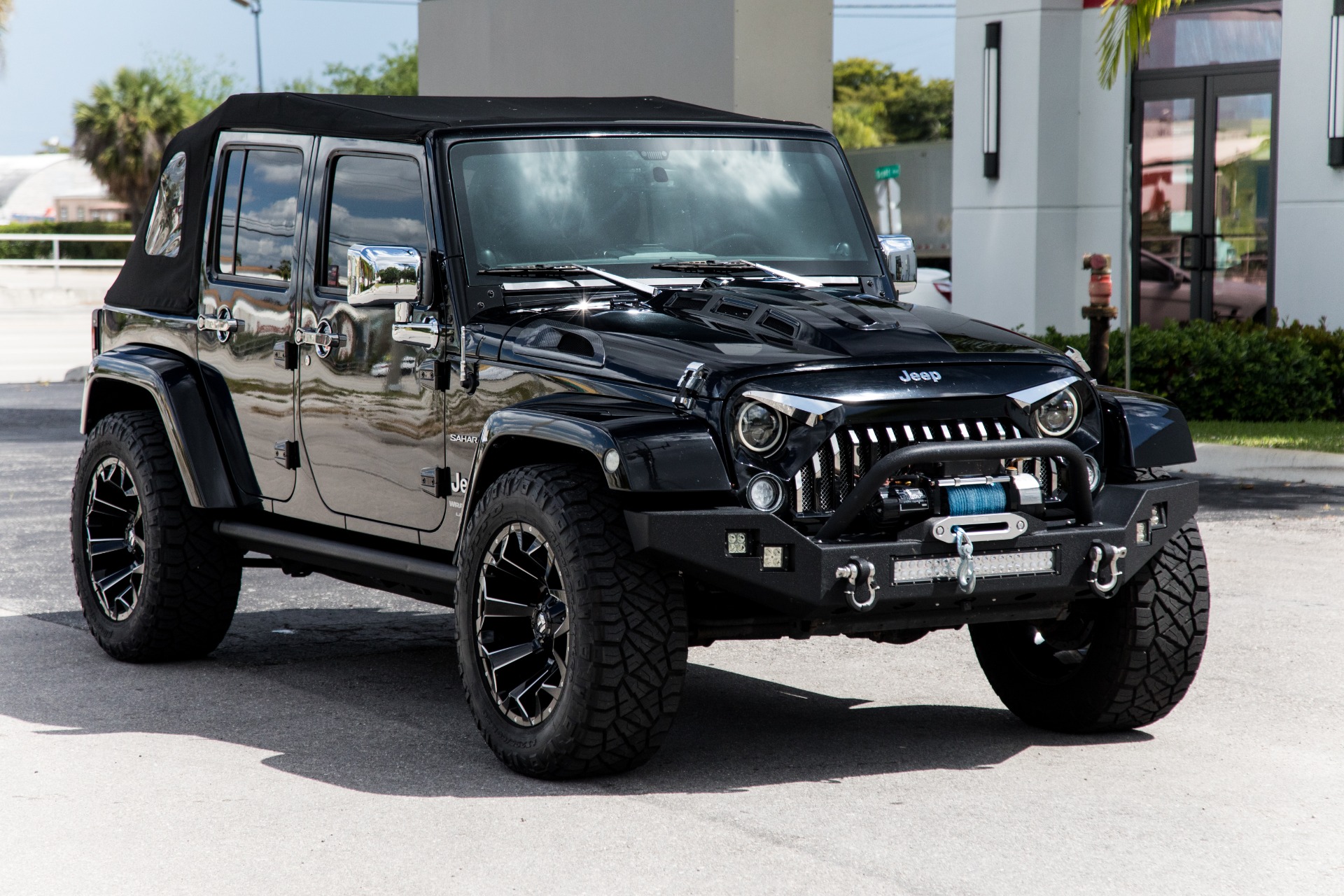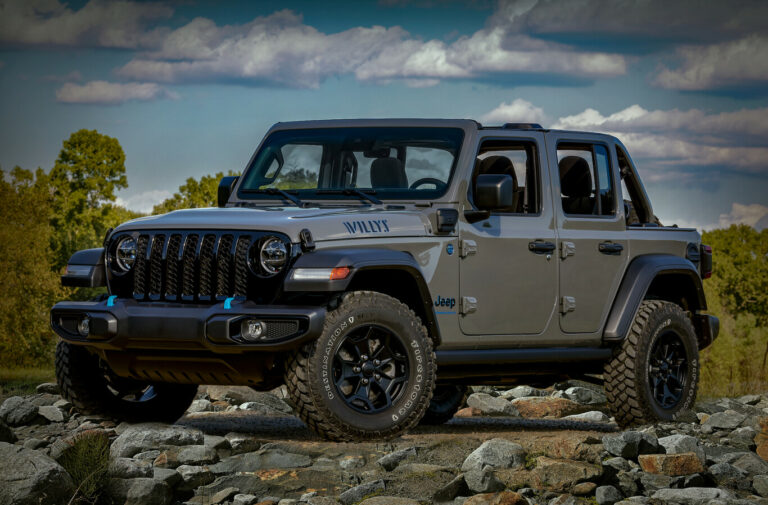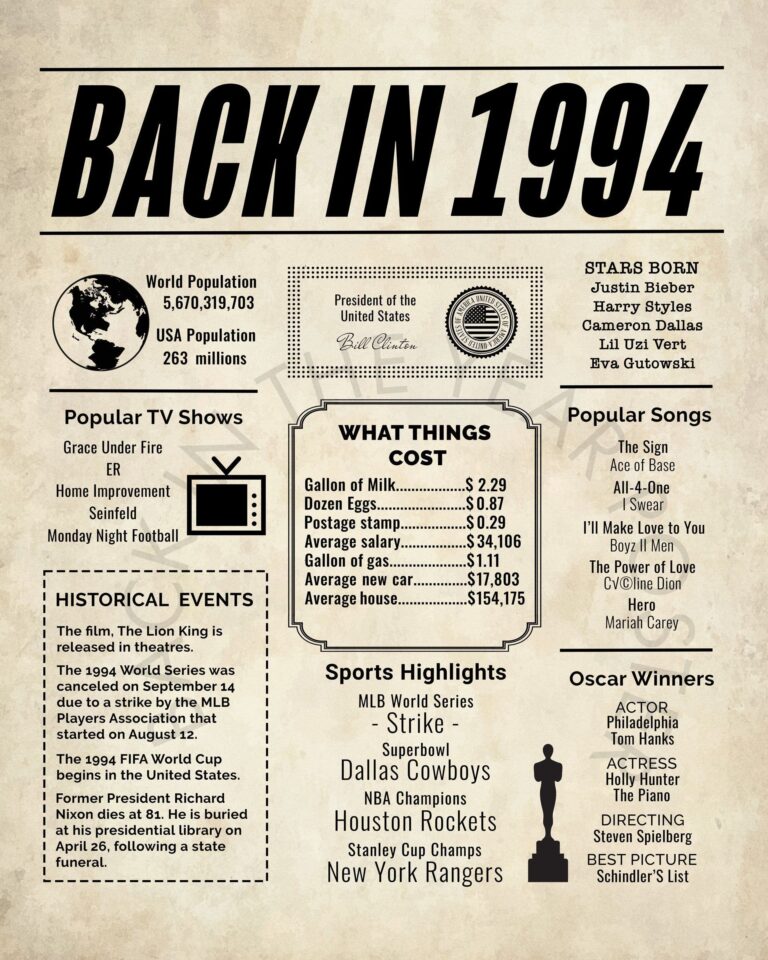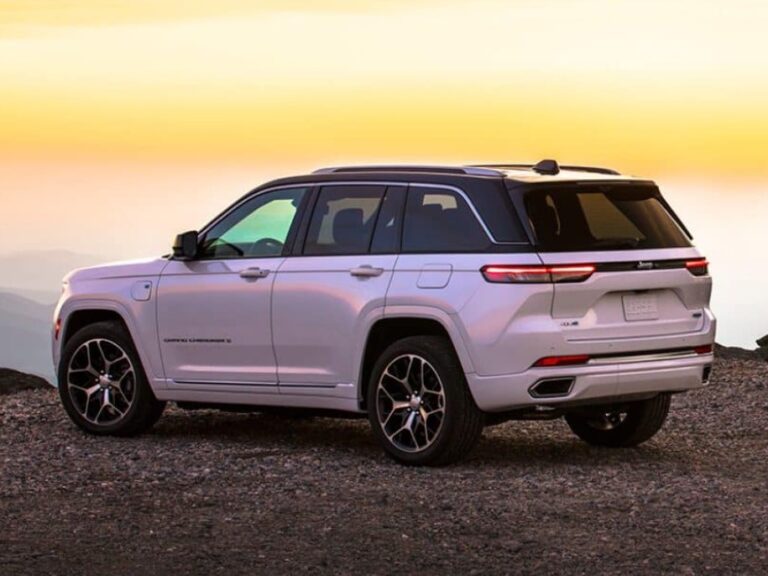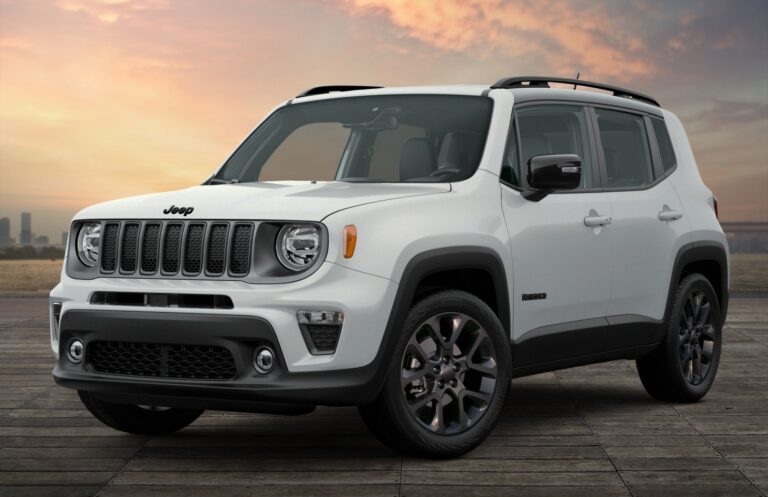Wrangler Jeep Old: A Comprehensive Guide to the Enduring Icon
Wrangler Jeep Old: A Comprehensive Guide to the Enduring Icon jeeps.truckstrend.com
The Jeep Wrangler is more than just a vehicle; it’s a statement, a lifestyle, and for many, a timeless symbol of freedom and adventure. While newer models boast modern amenities and refined performance, there’s a unique, undeniable charm to the "Wrangler Jeep Old." This term encompasses the earlier generations of the iconic off-roader, from the rugged YJ to the versatile JK, each carrying a legacy of uncompromised capability and a distinct character that continues to captivate enthusiasts worldwide.
Owning an old Wrangler isn’t just about driving; it’s about connecting with a rich heritage, embracing a vibrant community, and experiencing the raw, unfiltered joy of off-road exploration. This comprehensive guide will delve into what makes these older models so special, offering insights into their history, benefits, common considerations, and practical advice for anyone looking to join the ranks of "old Wrangler" owners.
Wrangler Jeep Old: A Comprehensive Guide to the Enduring Icon
The Enduring Legacy: A Brief History of the "Old" Wrangler
To understand the appeal of the "Wrangler Jeep Old," one must appreciate its lineage, which stretches back to the legendary Willys MB of World War II. The civilian Jeep, or CJ series, carried this torch for decades, laying the groundwork for what would become the Wrangler.
-
The Birth of the Wrangler: YJ (1987-1995)
The first generation to officially bear the "Wrangler" name was the YJ. It replaced the CJ series, bringing with it a slightly wider stance and, controversially for purists, square headlights. Despite this design departure, the YJ retained the solid axle, leaf spring suspension, and removable doors/top that defined its predecessors. It was a rugged, no-frills machine built for utility and off-road prowess. 
The Return to Form: TJ (1997-2006)
After a brief hiatus in 1996, Jeep introduced the TJ, which quickly became a fan favorite. It marked the triumphant return of the round headlights and, more significantly, replaced the YJ’s leaf springs with a coil spring suspension on all four corners. This dramatically improved ride quality and articulation, making the TJ a more comfortable daily driver while enhancing its already formidable off-road capabilities. The introduction of the Rubicon trim in 2003, featuring Dana 44 axles, lockers, and a lower transfer case gear ratio, solidified the TJ’s legendary status among serious off-roaders.-
The Extended Play: LJ (2004-2006)

A special mention goes to the TJ Unlimited, affectionately known as the "LJ." Produced for a limited run, the LJ was a long-wheelbase version of the TJ, offering 10 inches of additional cargo space and a smoother ride due to its longer wheelbase. Its rarity and increased utility make it one of the most sought-after "old Wranglers" today. -
The Modern Classic: JK/JKU (2007-2018)
The JK generation represented a significant leap forward for the Wrangler. It was the first to offer a four-door variant (JKU – Wrangler Unlimited), dramatically expanding its appeal to families and those needing more practicality. While larger and more refined than its predecessors, the JK retained the core Wrangler DNA: solid axles, body-on-frame construction, and removable top/doors. With more powerful engines (initially a 3.8L V6, later the more robust 3.6L Pentastar V6), modern safety features, and improved interiors, the JK bridged the gap between raw utility and everyday usability, becoming the most commercially successful Wrangler generation to date. Though newer JL models exist, the JK is increasingly falling into the "old" category, offering a fantastic blend of classic character and modern convenience at a more accessible price point.
Why Choose an "Old" Wrangler? The Timeless Appeal
Opting for an older generation Wrangler over a brand-new one comes with a host of compelling advantages:
- Affordability: This is often the primary driver. Older Wranglers are significantly less expensive to purchase than new models, making the dream of owning an iconic Jeep more attainable.
- Simplicity & Durability: Especially the YJ and TJ models, older Wranglers often boast simpler mechanicals. This translates to fewer complex electronic systems, making them easier and cheaper to diagnose and repair for the DIY enthusiast. The legendary 4.0L inline-six engine found in the YJ and TJ is renowned for its bulletproof reliability and longevity.
- Classic Aesthetics & Character: There’s an undeniable nostalgia and charm associated with the design of older Wranglers. They offer a more raw, connected driving experience, harkening back to a simpler time of motoring adventure.
- Unparalleled Customization Potential: The aftermarket for Wranglers is massive, and older models are no exception. From lift kits and bigger tires to bumpers, winches, and interior upgrades, you can truly personalize your "old" Wrangler to suit your style and intended use.
- Strong Community & Resale Value: The Jeep community is one of the most passionate and supportive in the automotive world. Owning an old Wrangler connects you to this network. Furthermore, well-maintained older Wranglers tend to hold their value exceptionally well, often appreciating in certain desirable configurations (like LJs or TJ Rubicons).
- Authentic Off-Road Experience: While newer models are incredibly capable, older Wranglers, particularly the TJs and LJs, offer a pure, unadulterated off-road experience that many purists prefer. Their smaller size and often simpler electronics can make them feel more agile and connected on the trails.
The Hunt: What to Look for When Buying an Old Wrangler
Purchasing an old Wrangler requires careful inspection. Their off-road heritage means they might have been pushed hard, and age brings its own set of challenges.
- Frame Rust: This is paramount, especially on YJs and TJs. Check the entire frame for excessive rust, particularly around the skid plate, control arm mounts, and spring perches. Surface rust is common, but deep, flaky, or perforated rust is a red flag.
- Body Rust: Inspect the rocker panels, floorboards (under the carpet), wheel wells, and door hinges. YJs are particularly prone to rust in the cowl area.
- Engine & Transmission:
- 4.0L (YJ/TJ/LJ): Listen for knocks or unusual noises. Check for oil leaks (especially the rear main seal) and proper fluid levels. Ensure it idles smoothly.
- 3.8L (Early JK): Known for some oil consumption; check oil levels. Ensure it runs smoothly.
- 3.6L Pentastar (Later JK): Generally reliable, listen for any ticking noises which could indicate a valvetrain issue (less common on later builds).
- Transmission: Check fluid color and smell. Test all gears, including reverse, and listen for clunks or grinding. Manual transmissions should shift smoothly without excessive play.
- Suspension & Steering: Look for worn bushings, ball joints, tie rod ends, and shock absorbers. Uneven tire wear can indicate alignment issues or worn components. Check for play in the steering wheel, which could point to a worn steering box or track bar.
- Electrical System: Test all lights, wipers, horn, windows, and the radio. Wiring issues can be notoriously difficult to track down.
- Previous Modifications: Many Wranglers are modified. Assess the quality of the modifications. Poorly installed lift kits, oversized tires, or custom wiring can lead to problems. Ask for receipts and documentation of any major work.
- Fluid Leaks: Check under the vehicle for any signs of oil, coolant, power steering fluid, or differential fluid leaks.
- Soft Top/Hardtop Condition: Inspect for rips, tears, faded windows, and proper sealing. Hardtops should be free of cracks and have all mounting hardware.
- Service Records: A well-documented maintenance history is invaluable.
- Test Drive: Drive it at various speeds, including highway speeds, to check for "death wobble" (more on this below), braking performance, and general handling. Take it over some bumps to test the suspension.
Common Challenges and Solutions
Like any older vehicle, "old Wranglers" have their quirks and common issues, but most are well-documented and have established solutions.
- Rust: As mentioned, frame and body rust are primary concerns. Regular washing, especially after off-roading or winter driving, helps. Professional rustproofing can extend life. For existing rust, cutting out and welding in new metal is often the best long-term fix.
- "Death Wobble": This terrifying phenomenon, a violent shaking of the front end, can occur at highway speeds. It’s almost always caused by worn or loose front-end components: track bar, tie rod ends, ball joints, control arm bushings, or a failing steering stabilizer. Diagnosing and replacing the worn part(s) is crucial.
- Fluid Leaks: The 4.0L engine is famous for its rear main seal leak. While not always critical (it’s often a slow drip), it can be fixed. Other common leaks include valve cover gaskets, oil pan gaskets, and differential seals.
- Electrical Gremlins: Older wiring and connections can lead to intermittent issues with lights, gauges, or sensors. A factory service manual and patience are your best friends for diagnosis.
- Soft Top Wear/Leaks: Soft tops eventually wear out, leading to leaks and degraded windows. Replacements are readily available from aftermarket manufacturers.
- HVAC Issues: Blend door actuators or fan motors can fail, leading to poor heating or cooling.
Keeping Your Old Wrangler Rolling: Maintenance & Upgrades
Maintaining an old Wrangler is relatively straightforward, especially the YJ and TJ. Their simple design makes them a great platform for DIY mechanics.
- Routine Maintenance: Adhere to regular oil changes, fluid checks (coolant, brake fluid, power steering, differential, transfer case), filter replacements (air, fuel), and greasing of steering and suspension components.
- Tire Rotation and Balance: Essential for tire longevity and preventing steering issues.
- Alignment Checks: Especially after off-roading or installing a lift kit.
- Underbody Washes: Regularly wash the underside to remove mud, salt, and debris that can cause rust.
Popular Upgrades: The aftermarket for Wranglers is limitless. Common upgrades include:
- Lift Kits: To accommodate larger tires and improve ground clearance for off-roading.
- Larger Tires: For better traction and off-road performance.
- Steel Bumpers & Winches: For protection, recovery, and a more aggressive look.
- LED Lighting: For improved visibility on and off the road.
- Armor: Skid plates and rock sliders to protect vital components during off-road excursions.
- Interior Mods: Seat covers, upgraded audio, and storage solutions.
The Wrangler Lifestyle: More Than Just a Vehicle
Owning an "old Wrangler" is an invitation into a unique subculture. It’s about:
- Community: Jeep owners wave to each other, participate in local clubs, and gather for trail rides and events. The camaraderie is infectious.
- Adventure: Whether it’s tackling challenging trails, exploring remote campsites, or simply cruising with the top down, an old Wrangler embodies the spirit of adventure.
- Freedom: The ability to remove the doors and top, feeling the wind and sun, offers an unparalleled sense of freedom that few other vehicles can match.
- DIY Spirit: Many owners enjoy working on their Jeeps, learning mechanical skills, and customizing their rigs.
Estimated Market Value of Old Jeep Wrangler Generations
Please note: The prices below are estimates and can vary wildly based on location, specific condition (rust, mechanical soundness), mileage, modifications, trim level (e.g., Rubicon), and market demand. Always conduct thorough research and inspection before purchasing.
| Generation | Years Produced | General Condition | Estimated Price Range (USD) | Key Features/Notes |
|---|
